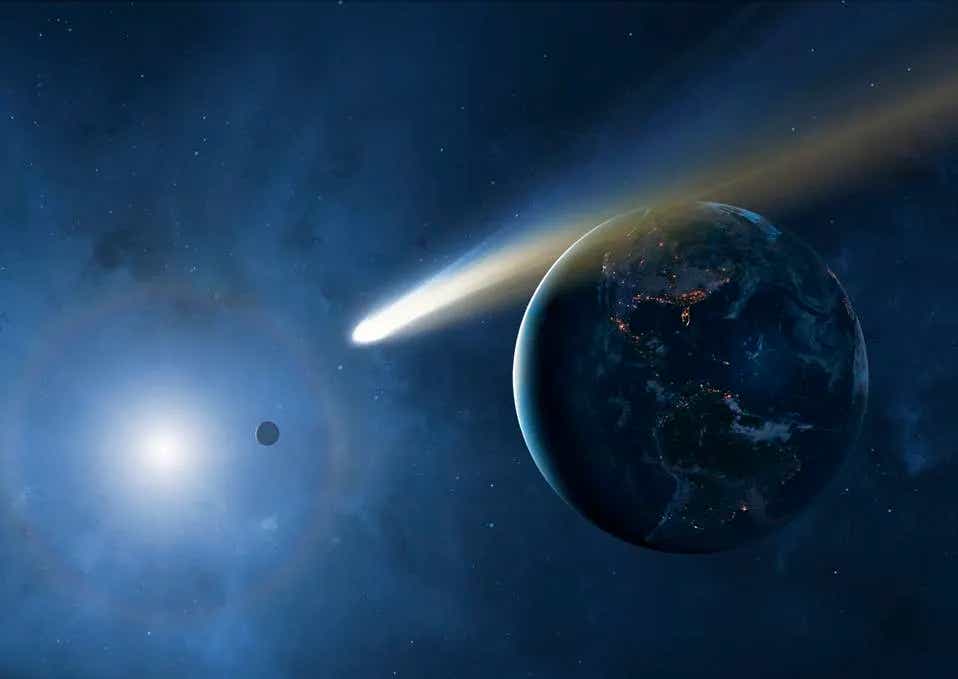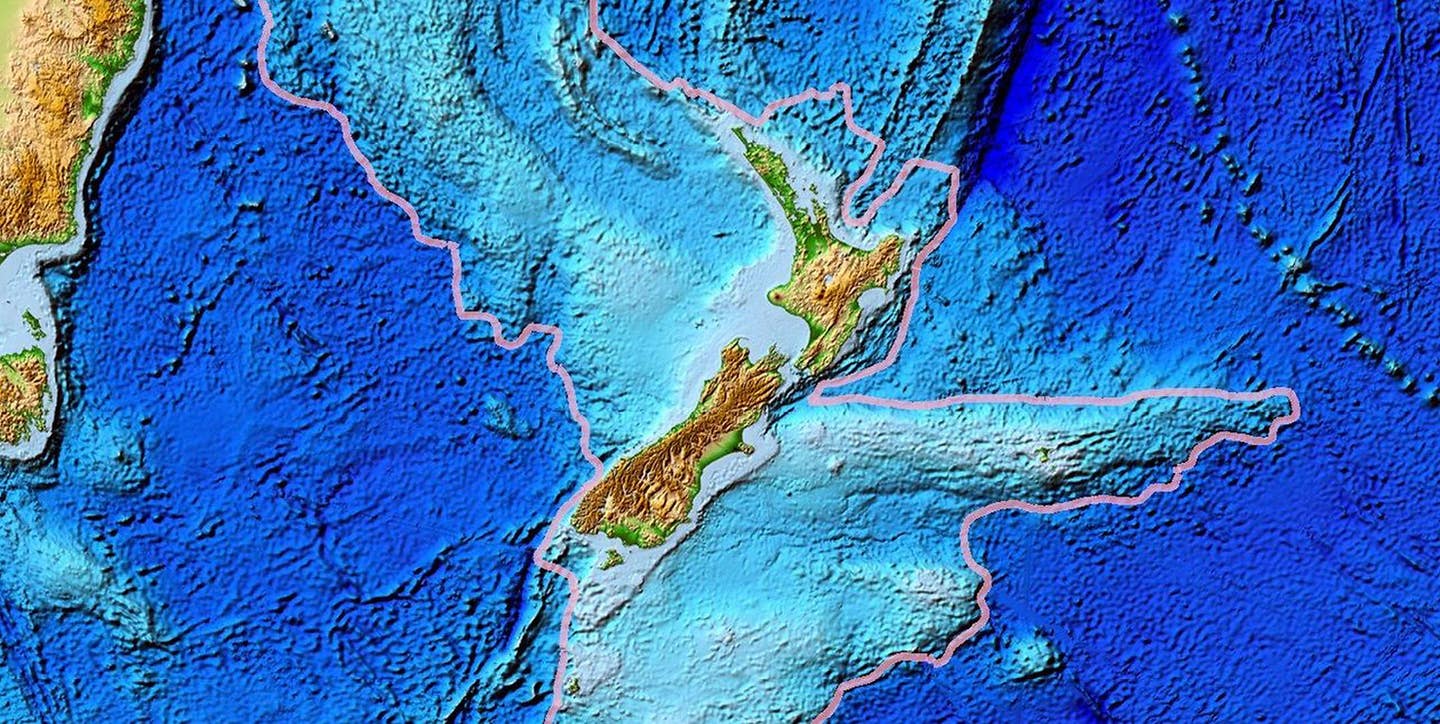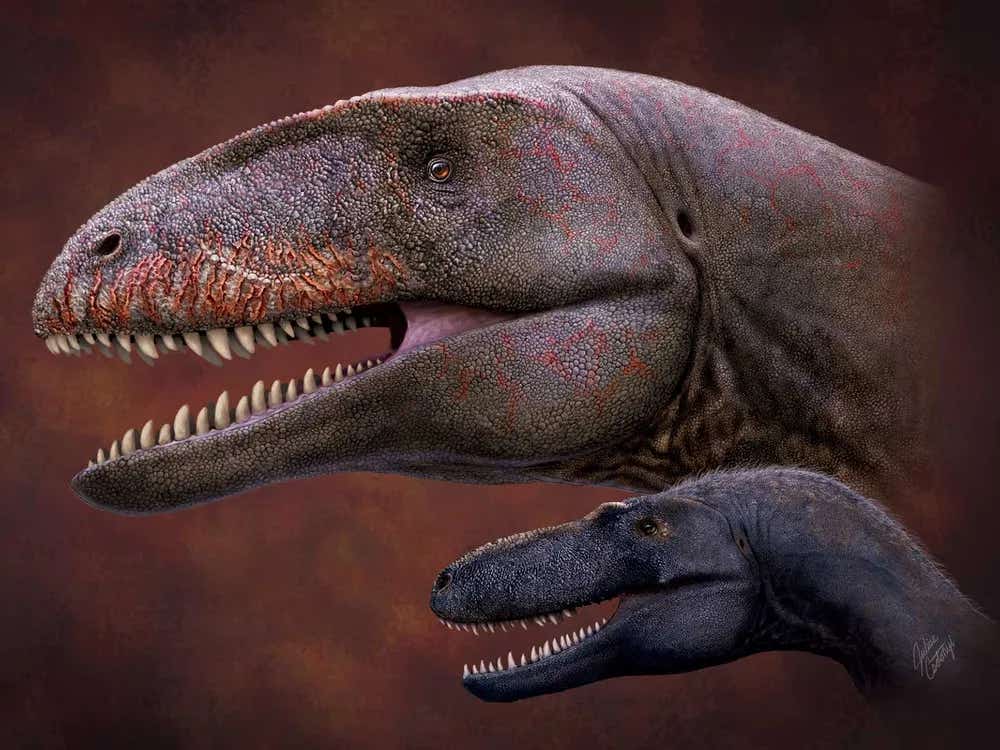Astronomers link dark comets to how Earth got its water
Study suggests that up to 60% of near-Earth objects (NEOs) could be dark comets that likely contain or once contained ice.

Findings indicate that asteroids in the asteroid belt—located between Jupiter and Mars—may have subsurface ice. (CREDIT: Creative Commons)
A University of Michigan study suggests that up to 60% of near-Earth objects (NEOs) could be dark comets, mysterious asteroids that likely contain or once contained ice. These comets might have been a route for delivering water to Earth.
According to Aster Taylor, a U-M graduate student in astronomy and lead author of the study, the findings indicate that asteroids in the asteroid belt—located between Jupiter and Mars—may have subsurface ice. This idea has been speculated since the 1980s. The study, published in the journal Icarus, reveals a potential pathway for delivering ice into the near-Earth solar system, contributing to the ongoing debate about how Earth got its water.
"We don't know if these dark comets delivered water to Earth," Taylor said. "But we can say that there is still debate over how exactly the Earth's water got here. Our work shows another pathway to get ice from the rest of the solar system to the Earth's environment."
The research also suggests that one large object among these dark comets may originate from the Jupiter-family comets—comets whose orbits bring them close to Jupiter. Dark comets are intriguing because they exhibit characteristics of both asteroids and comets. Asteroids, which orbit closer to the sun, typically don't have ice because it sublimates (changes from solid to gas). Comets, on the other hand, are icy bodies that develop a fuzzy coma, a cloud of dust and gas, as their ice sublimates.
The study examined seven dark comets and estimated that between 0.5% and 60% of all NEOs could be dark comets, lacking comae but exhibiting nongravitational accelerations (movements not caused by gravity). The researchers propose that these dark comets likely come from the asteroid belt, suggesting that asteroids there contain ice.
"We think these objects came from the inner and/or outer main asteroid belt," Taylor said. "This implies another mechanism for getting some ice into the inner solar system. There may be more ice in the inner main belt than we thought. This could be a significant fraction of the nearest population. We don't really know, but we have many more questions because of these findings."
Taylor and their colleagues had previously identified nongravitational accelerations in a set of NEOs, naming them "dark comets." They determined that these accelerations are likely due to small amounts of sublimating ice. The current study aimed to discover the origin of these dark comets.
"NEOs don't stay on their current orbits very long because the near-Earth environment is messy," Taylor explained. "They only stay in the near-Earth environment for around 10 million years. Since the solar system is much older, near-Earth objects must be coming from somewhere—a much larger source."
To pinpoint the origin of dark comets, the team created dynamical models assigning nongravitational accelerations to objects from different populations. They then modeled the paths these objects would follow over 100,000 years. The results showed that many ended up where dark comets are today, with the main asteroid belt being the most likely origin.
One of the dark comets, 2003 RM, follows an elliptical orbit close to Earth, then out to Jupiter, and back past Earth. Its path is consistent with that of a Jupiter-family comet, suggesting it was knocked inward from its orbit. The study found that other dark comets likely came from the inner band of the asteroid belt, implying the presence of ice there.
Applying a previously suggested theory, the researchers sought to explain why dark comets are small and rapidly rotating. Comets are rocky structures bound by ice, and when bumped within the solar system's ice line, their ice starts to off-gas. This not only causes acceleration but can also make the object spin fast enough to break apart.
"These pieces will also have ice, so they spin out faster until they break into more pieces," Taylor said. "This process continues, producing small, fast-rotating objects. We suggest that small, fast-rotating objects result from larger objects breaking into pieces."
As these objects continue to lose ice, they become smaller and rotate even more rapidly. The researchers believe that while the larger dark comet, 2003 RM, was likely a larger object ejected from the outer main belt, the six other objects likely originated from the inner main belt and were formed by an object that had been knocked inward and then fragmented.
Note: Materials provided above by the The Brighter Side of News. Content may be edited for style and length.
Like these kind of feel good stories? Get the Brighter Side of News' newsletter.
Joseph Shavit
Head Science News Writer | Communicating Innovation & Discovery
Based in Los Angeles, Joseph Shavit is an accomplished science journalist, head science news writer and co-founder at The Brighter Side of News, where he translates cutting-edge discoveries into compelling stories for a broad audience. With a strong background spanning science, business, product management, media leadership, and entrepreneurship, Joseph brings a unique perspective to science communication. His expertise allows him to uncover the intersection of technological advancements and market potential, shedding light on how groundbreaking research evolves into transformative products and industries.



